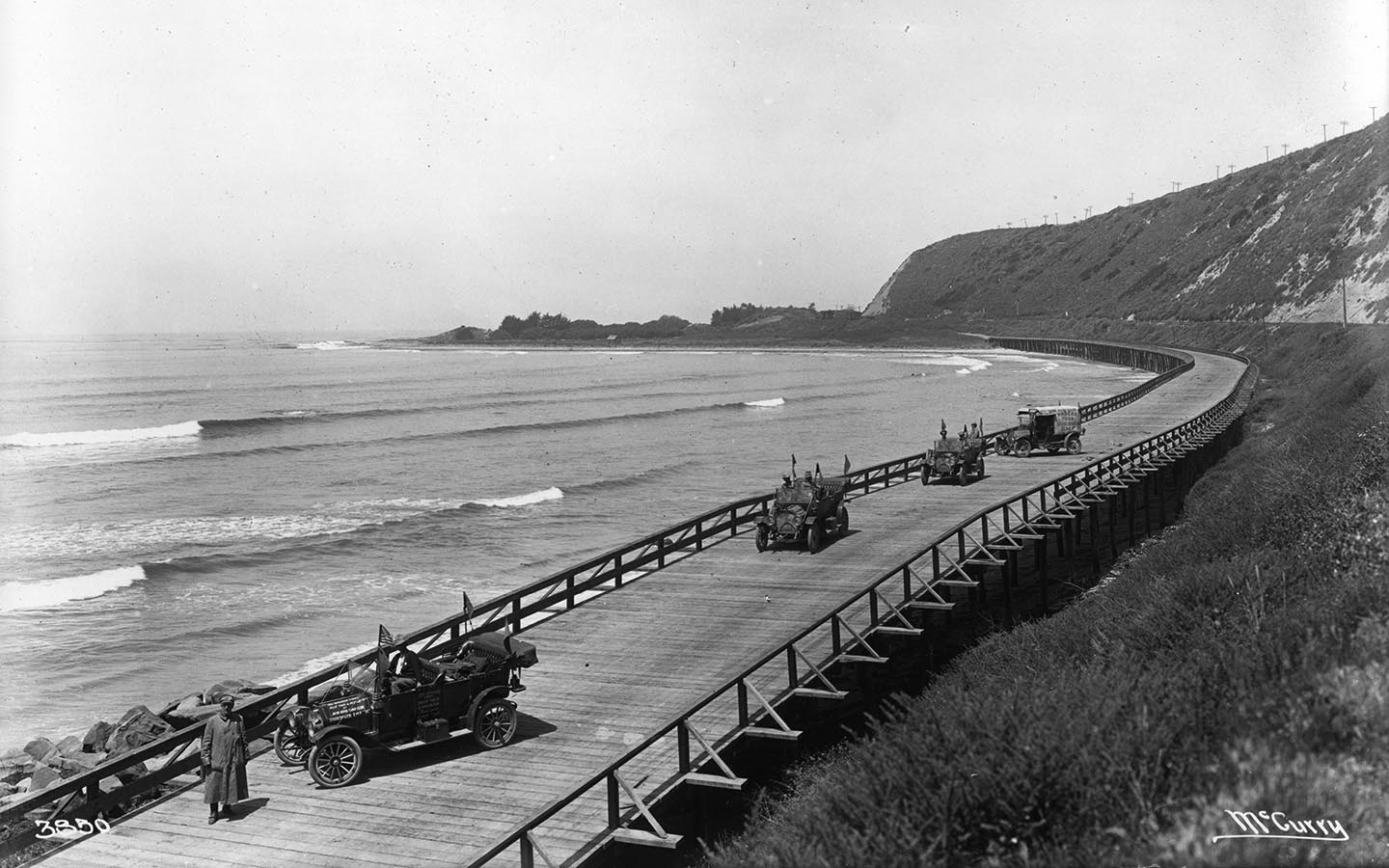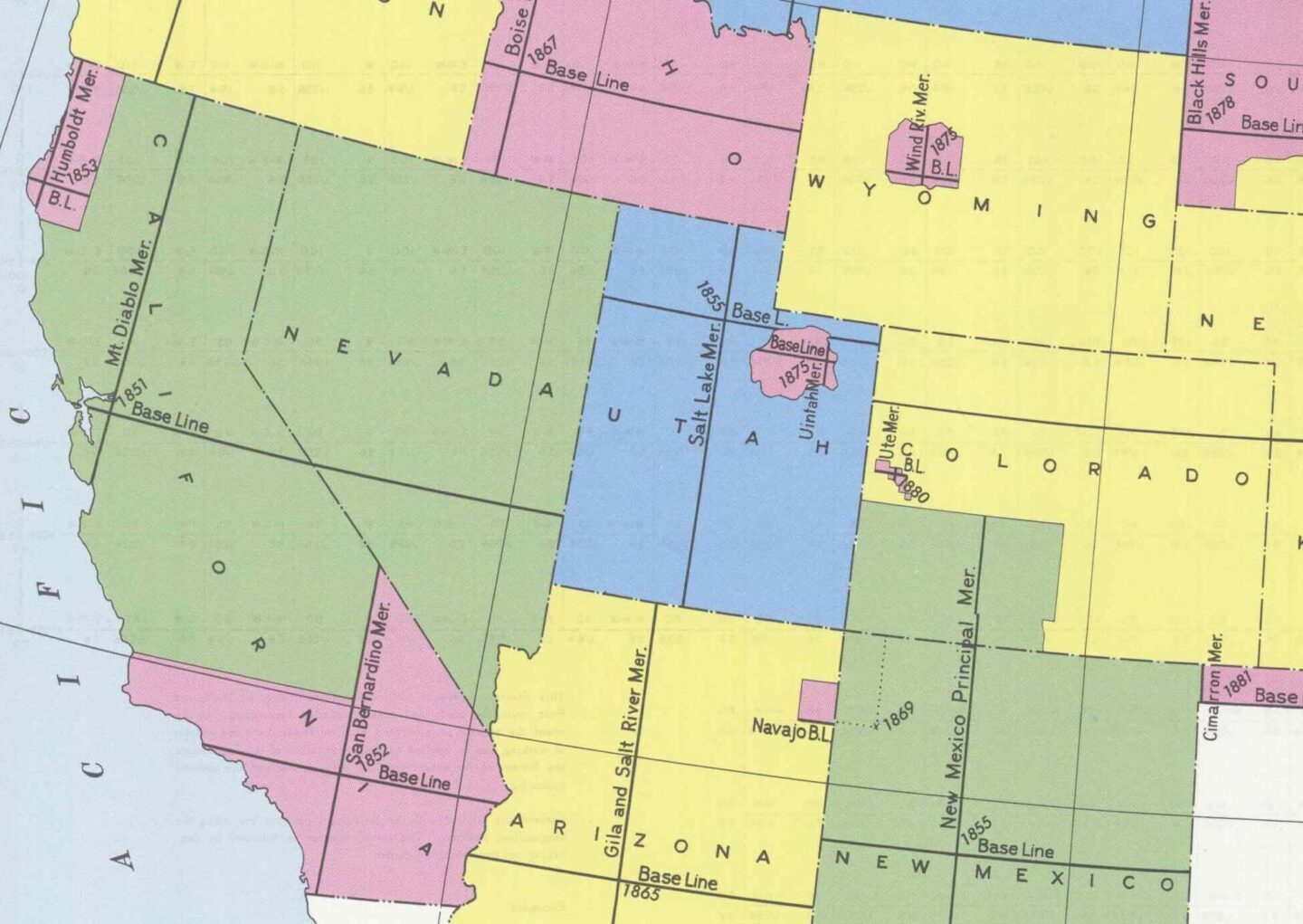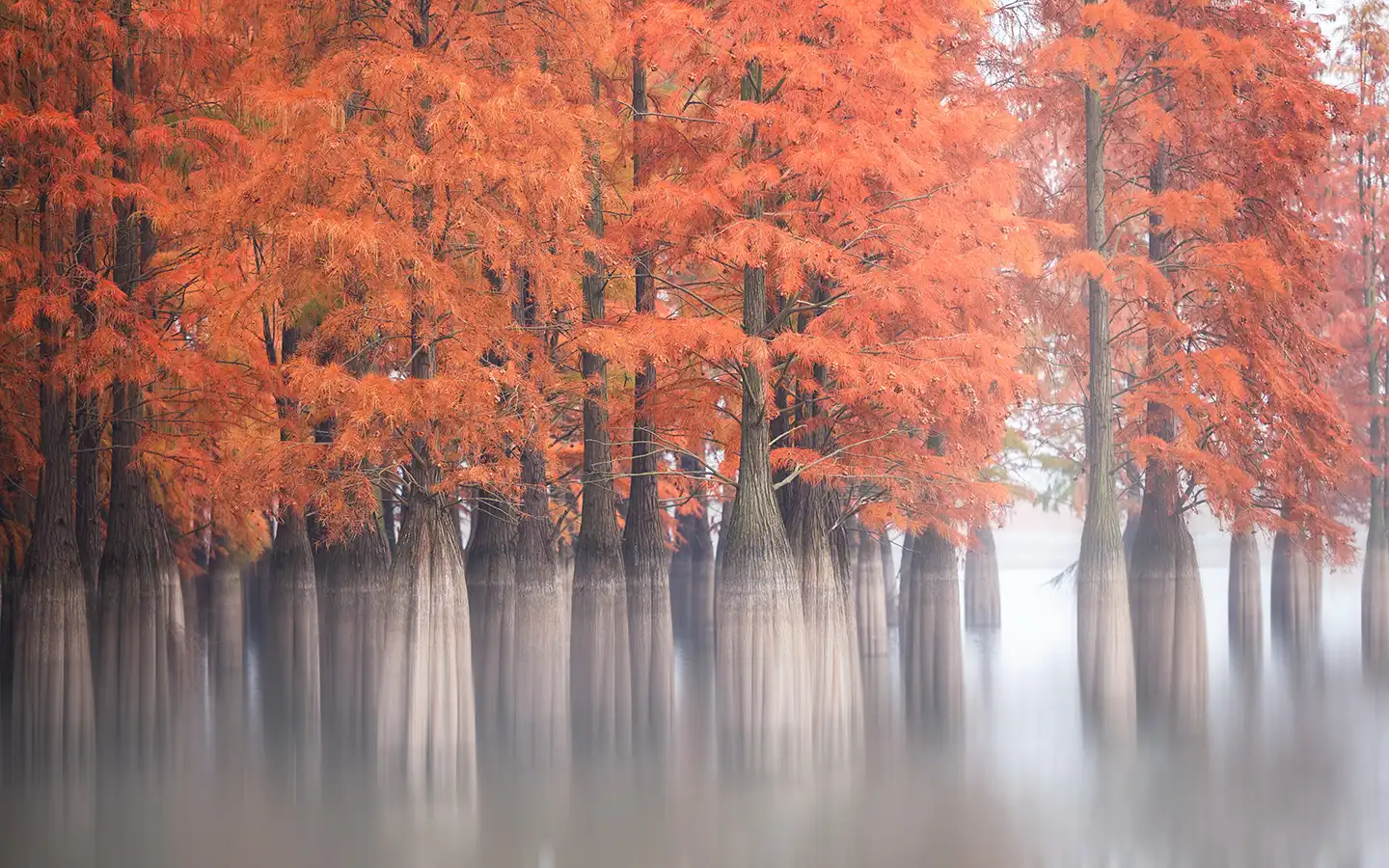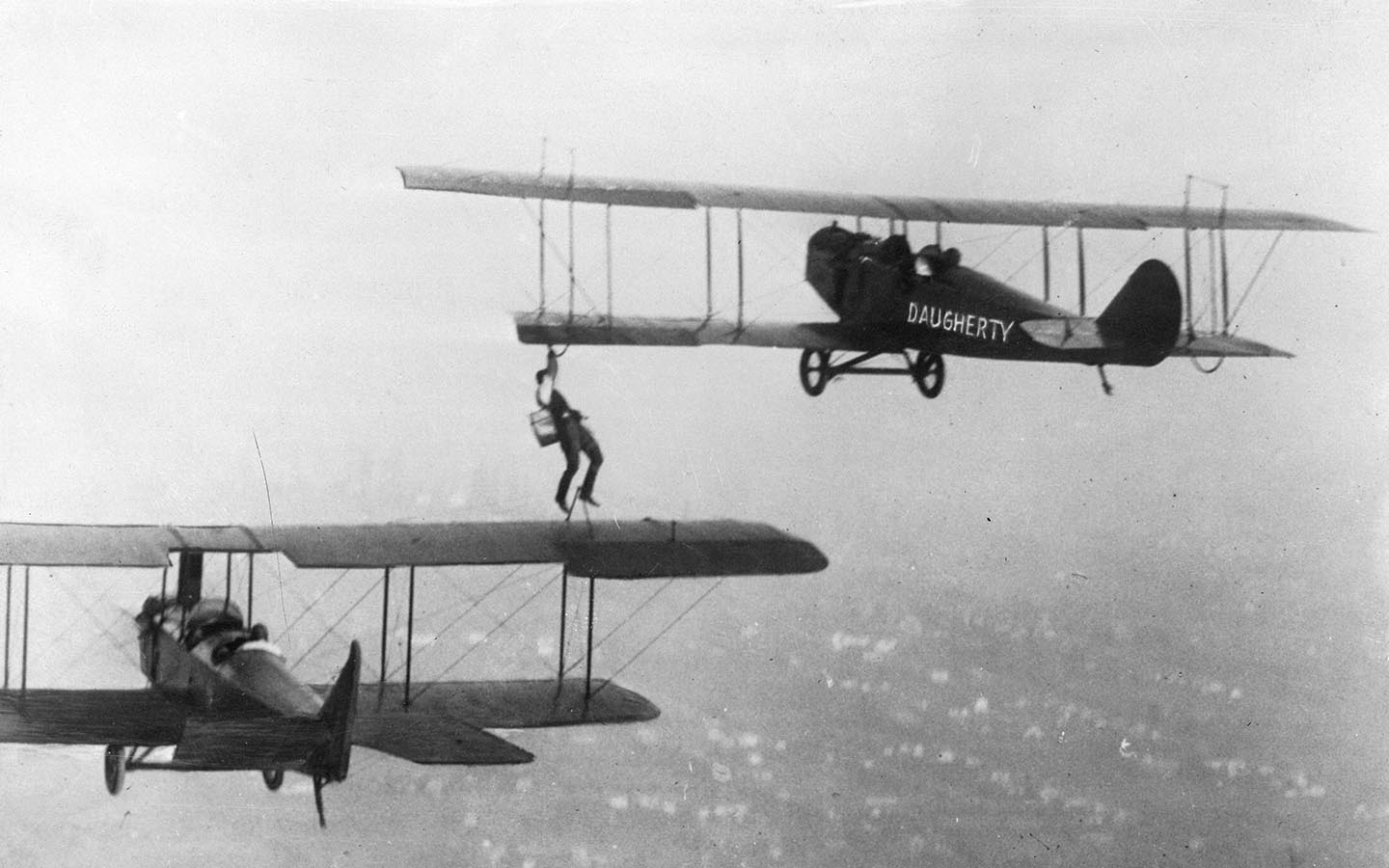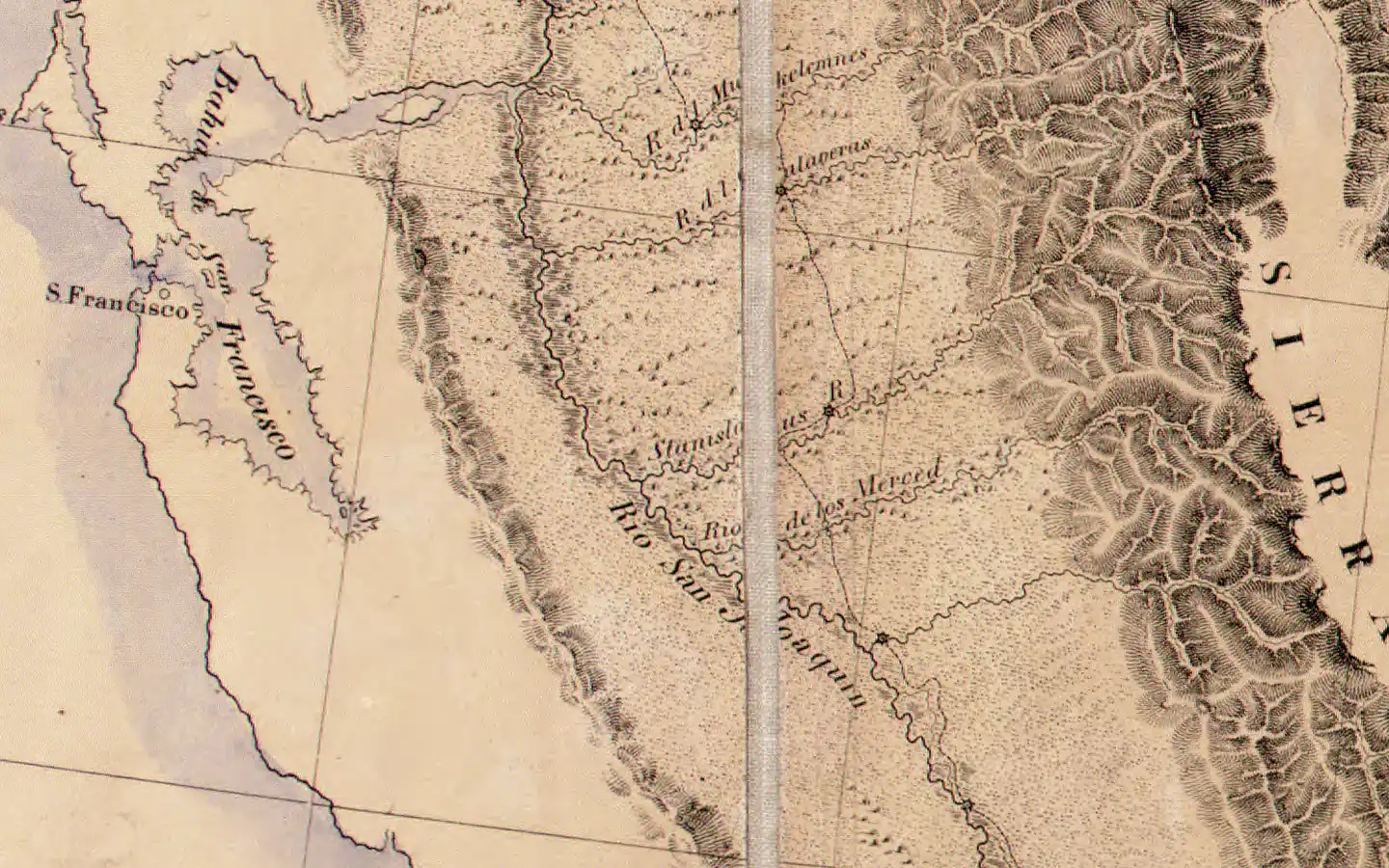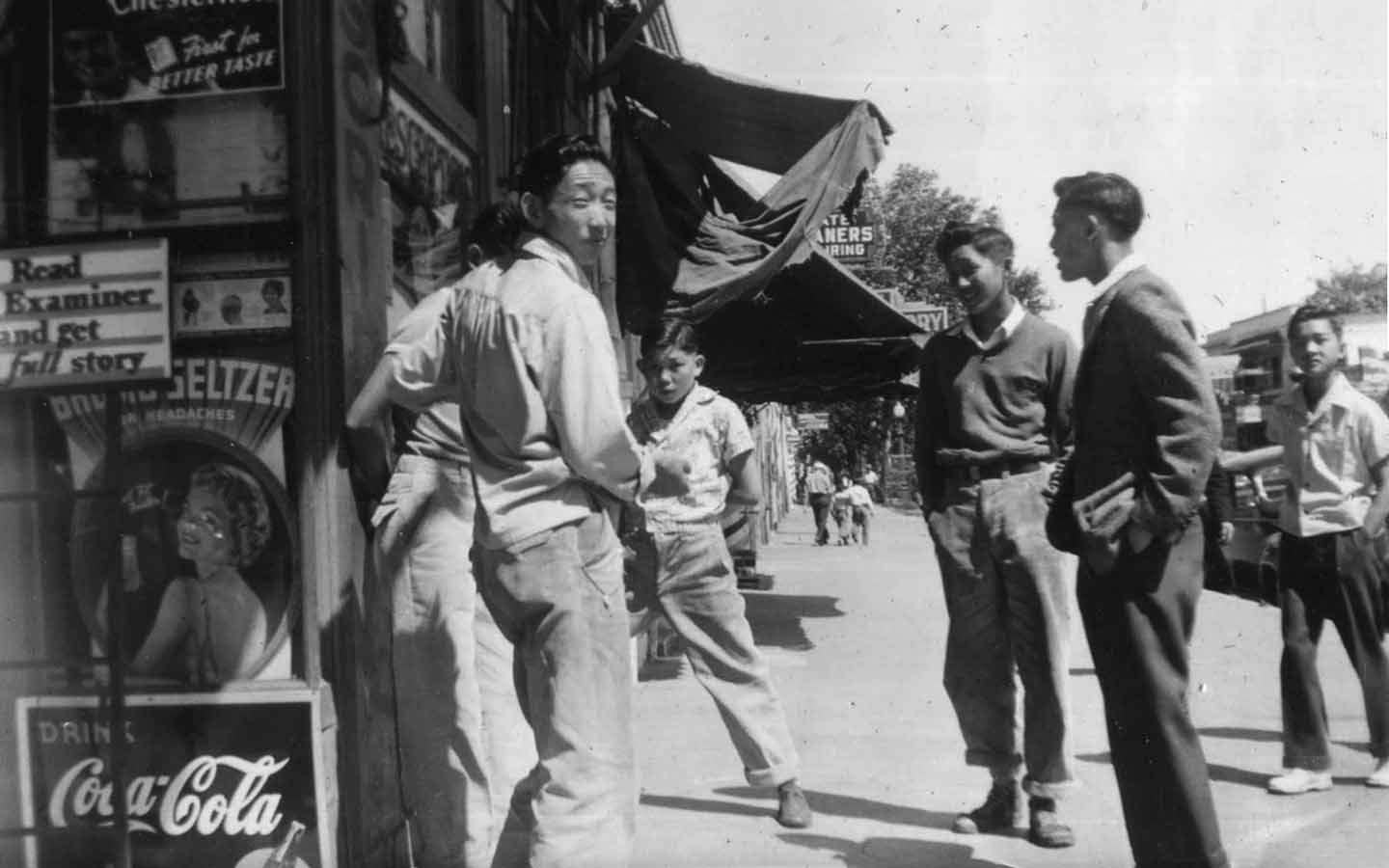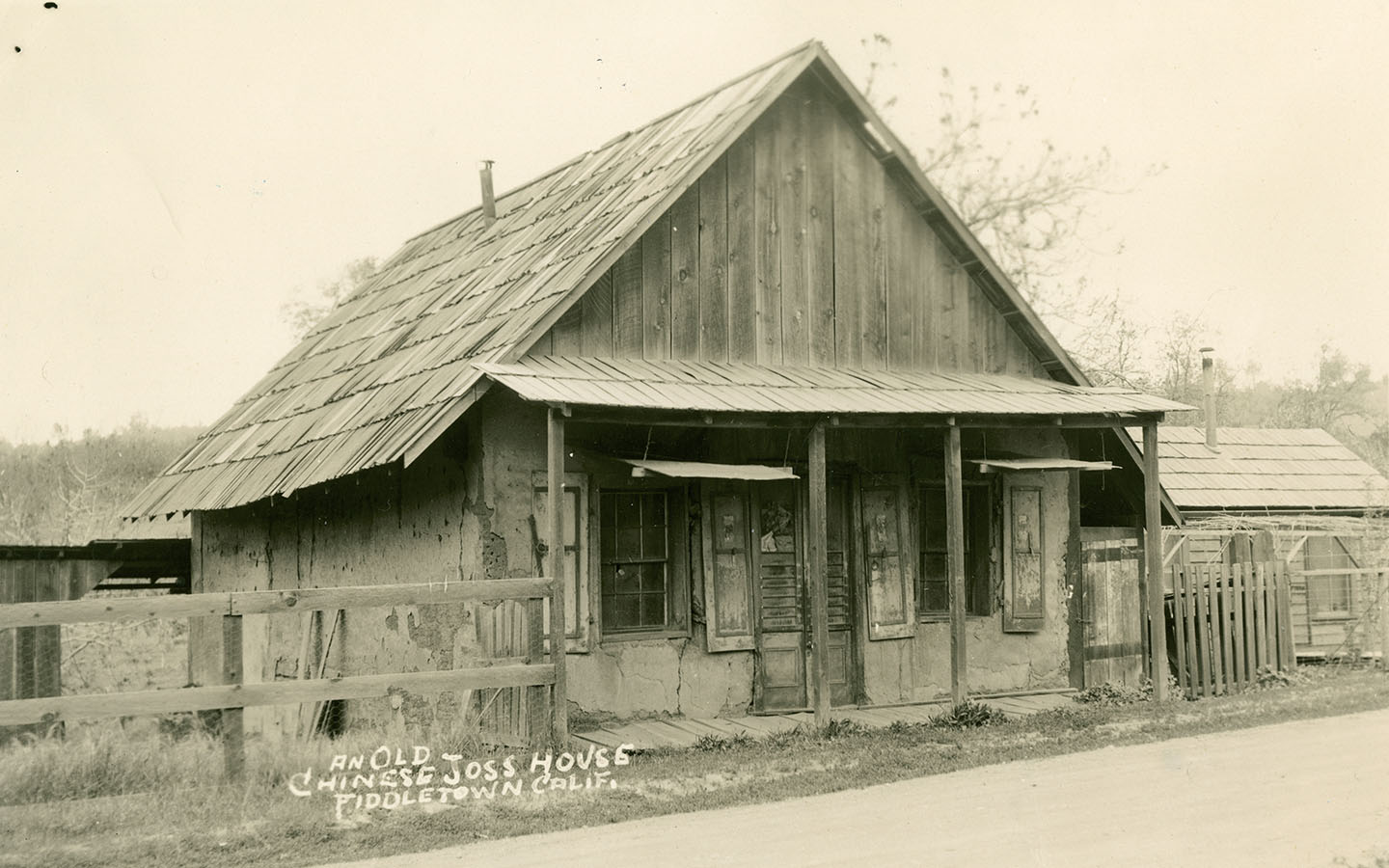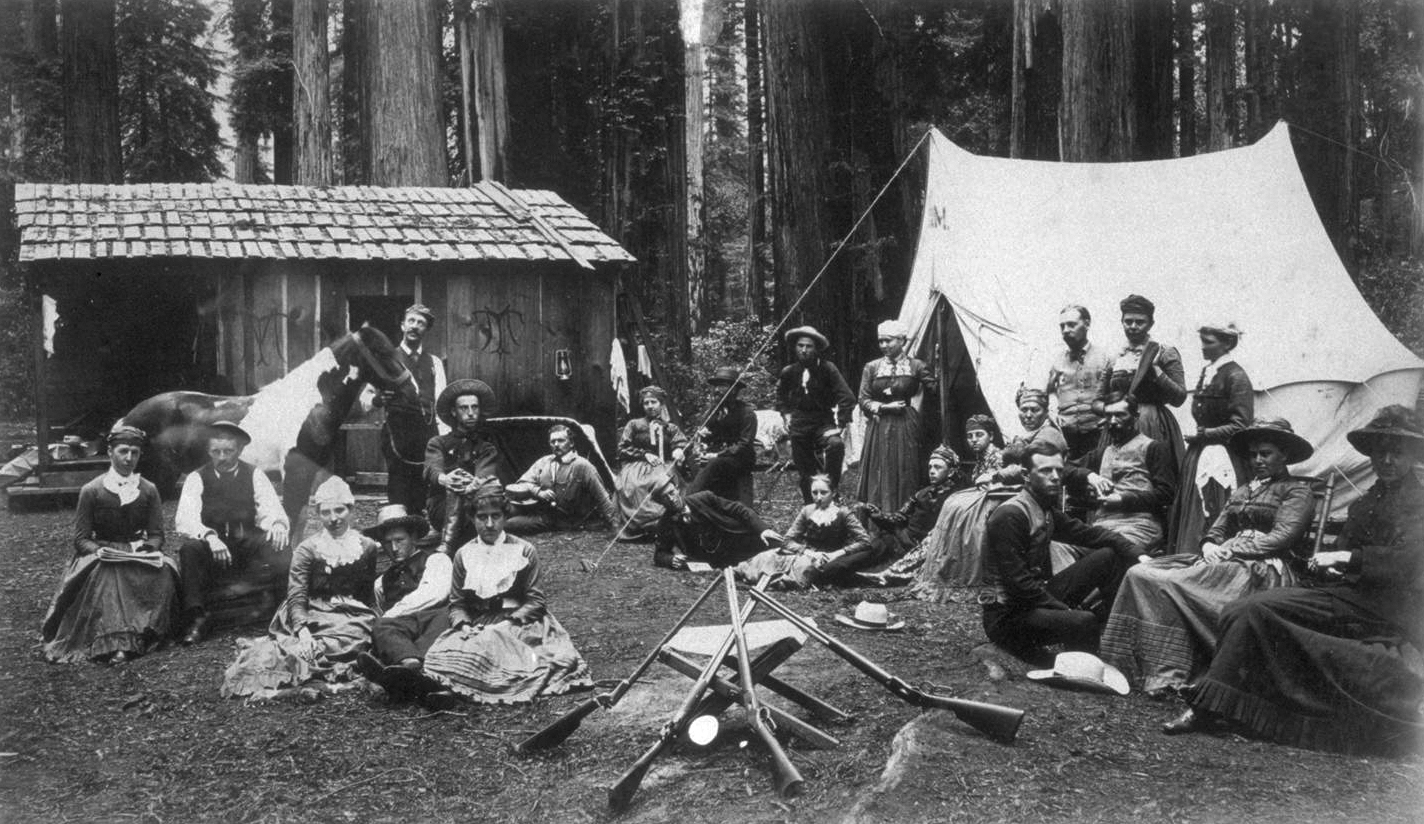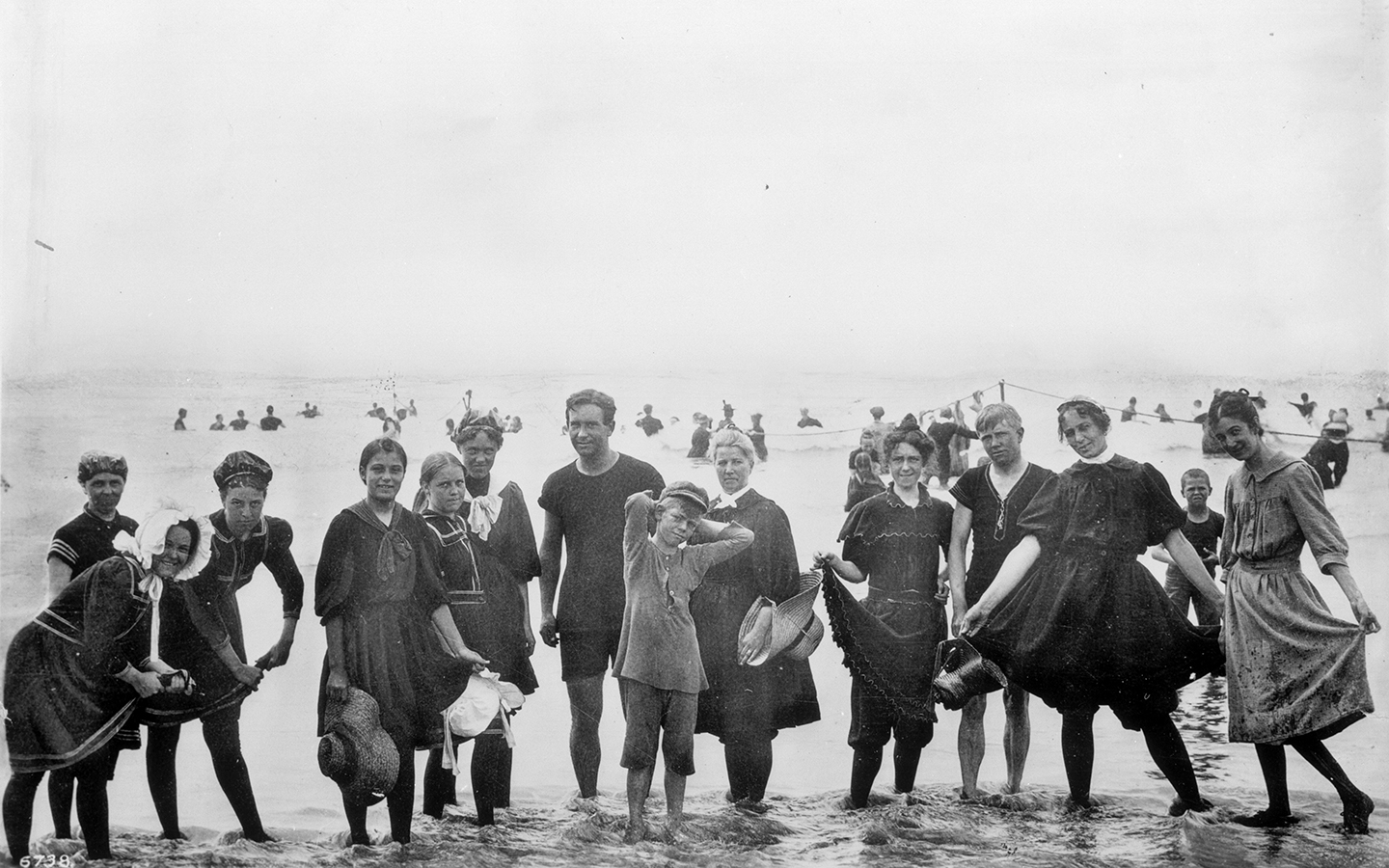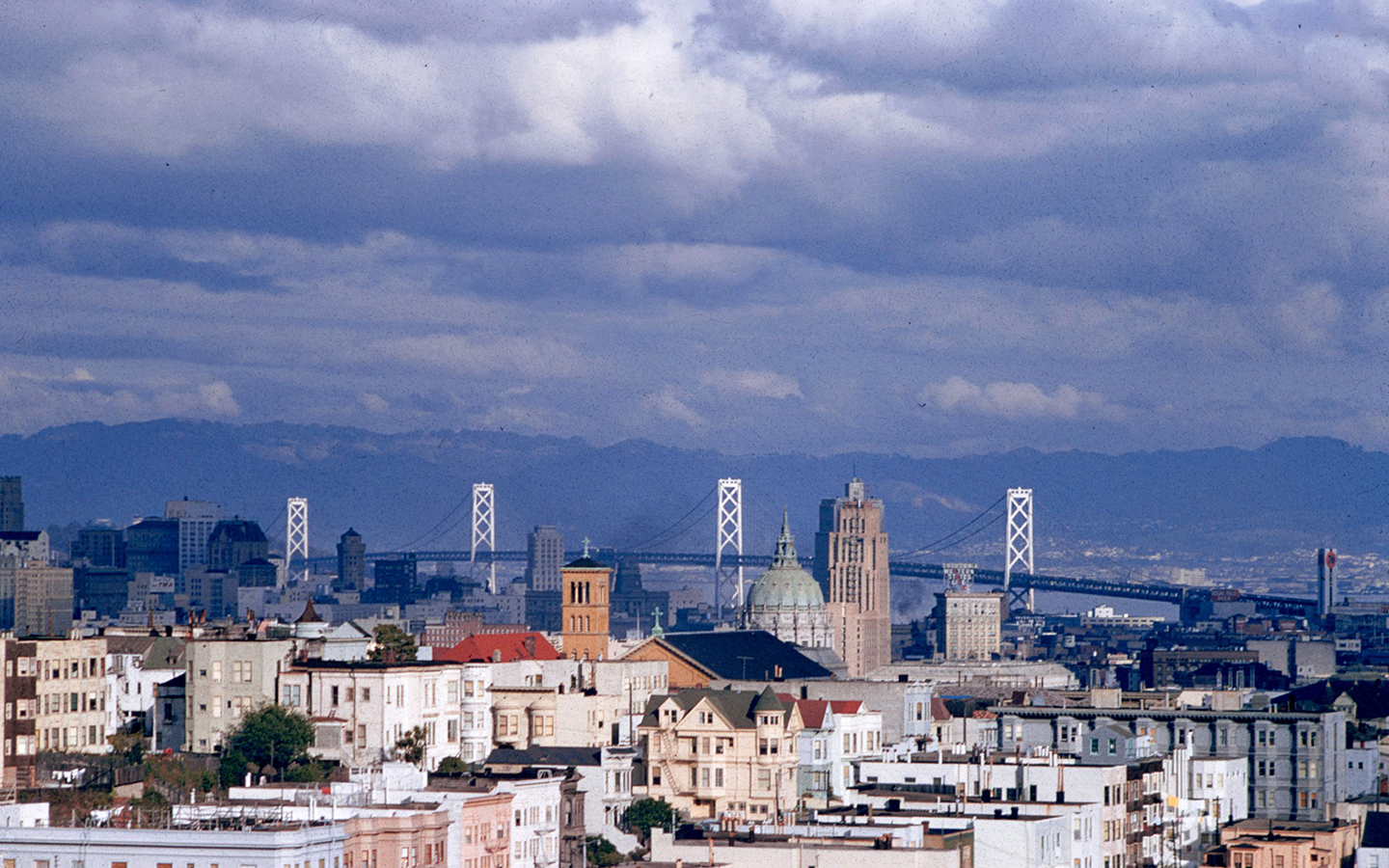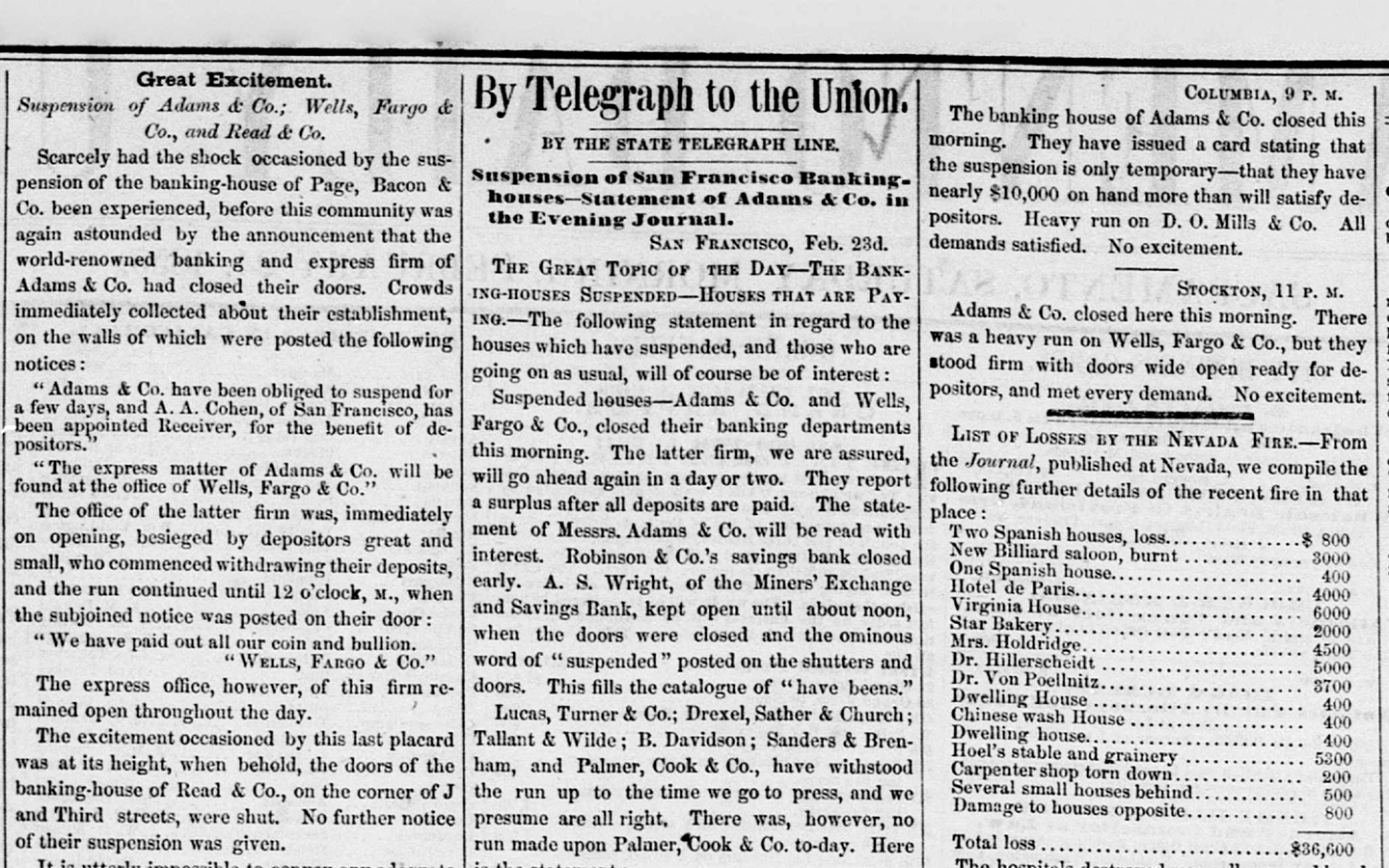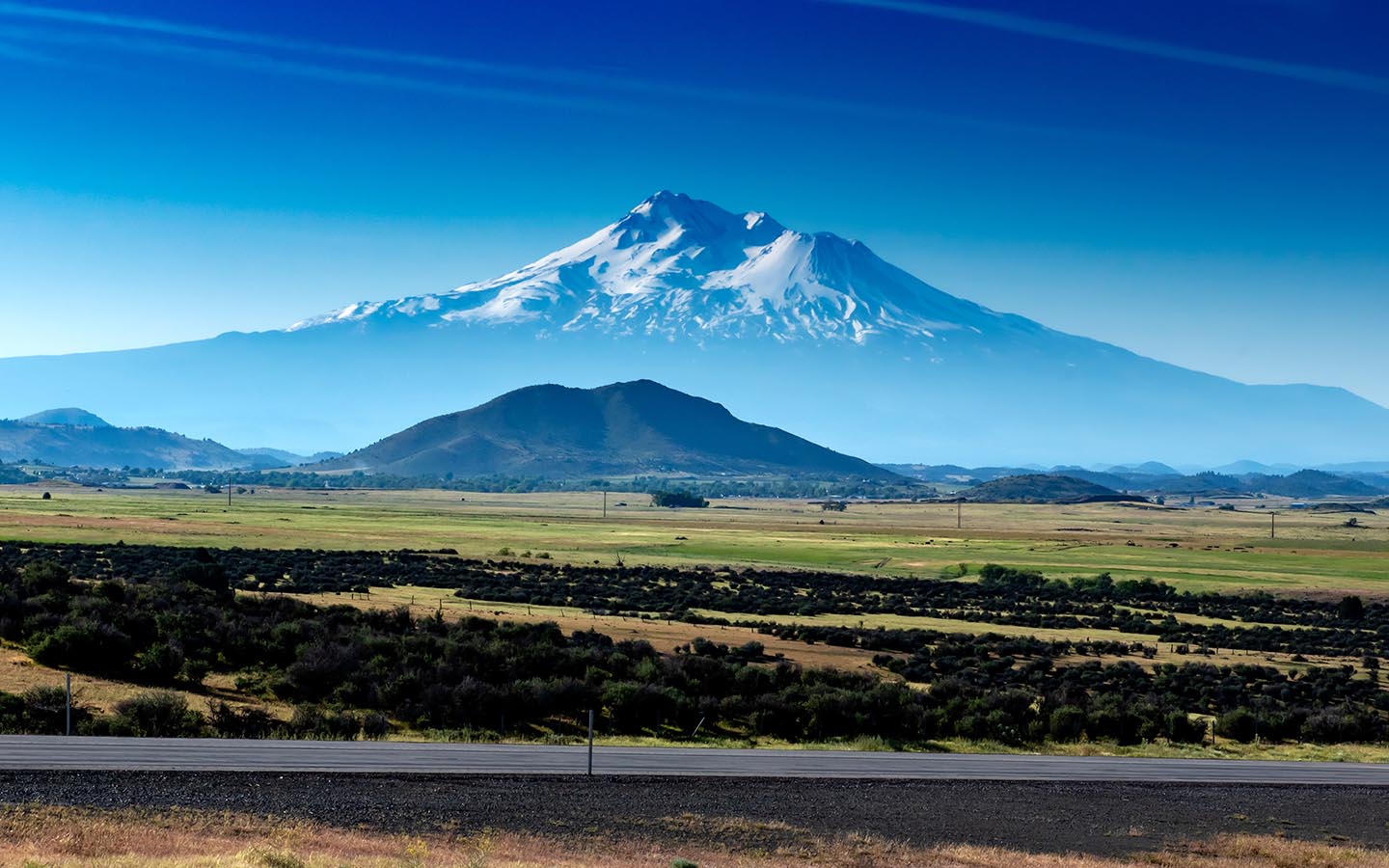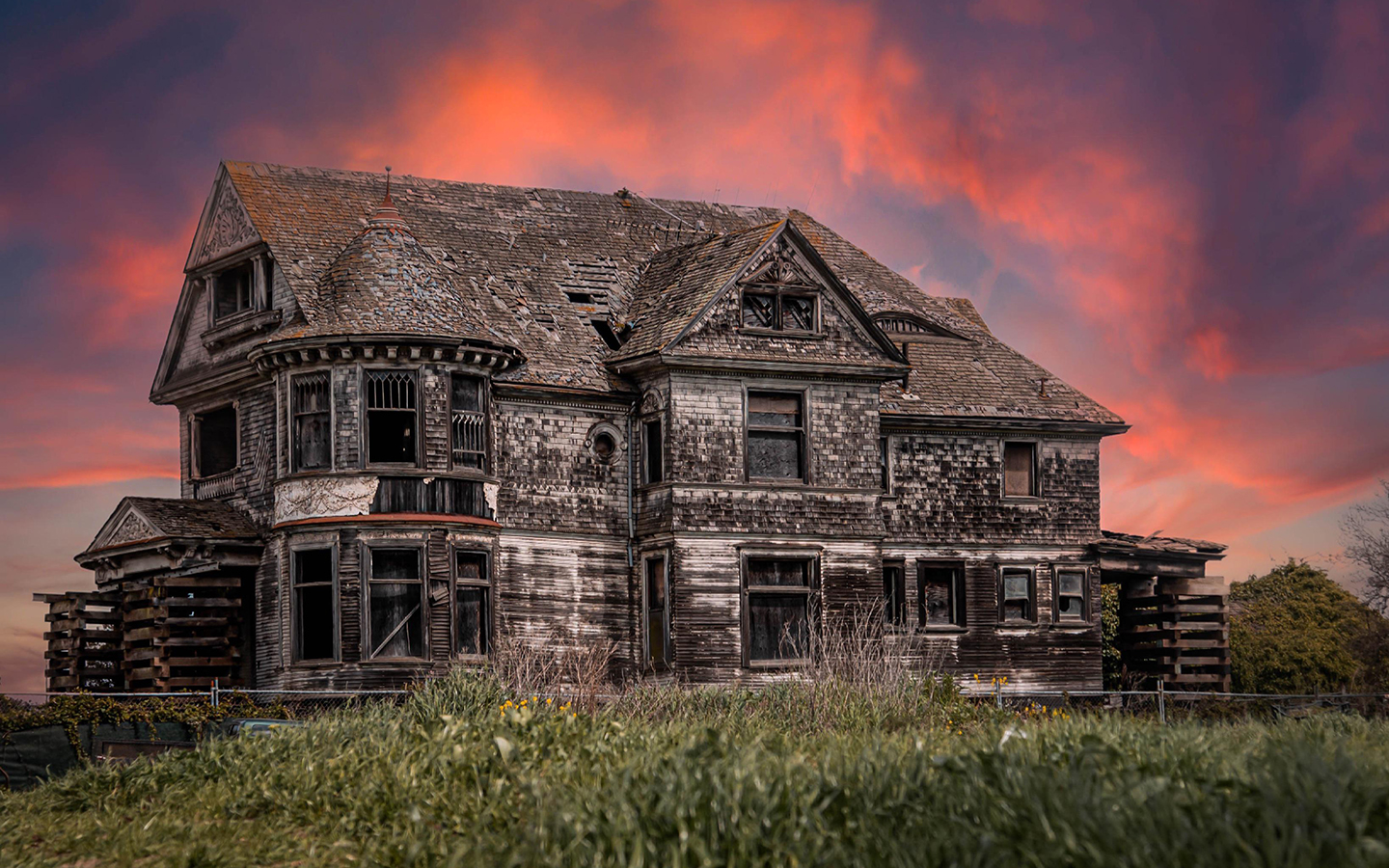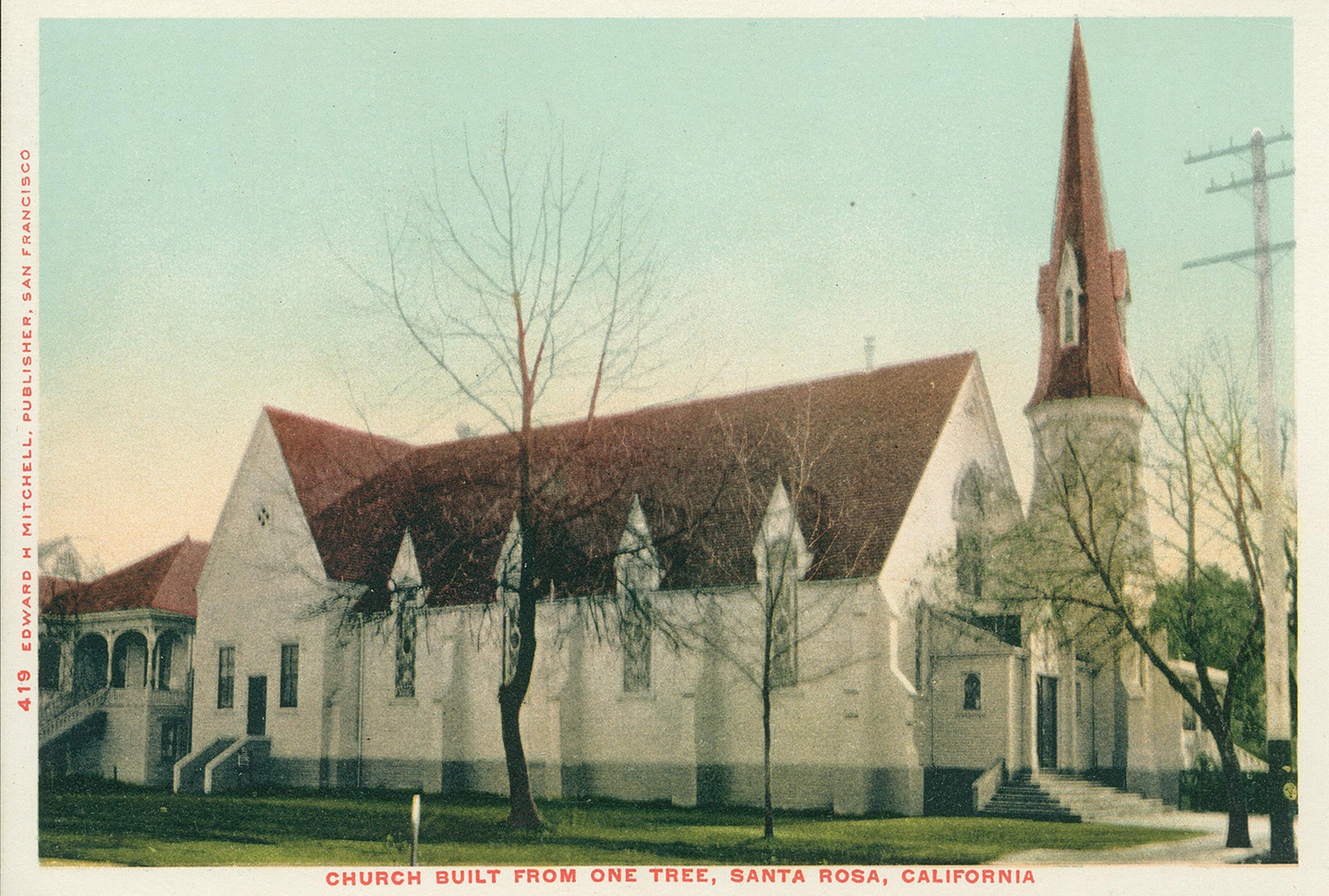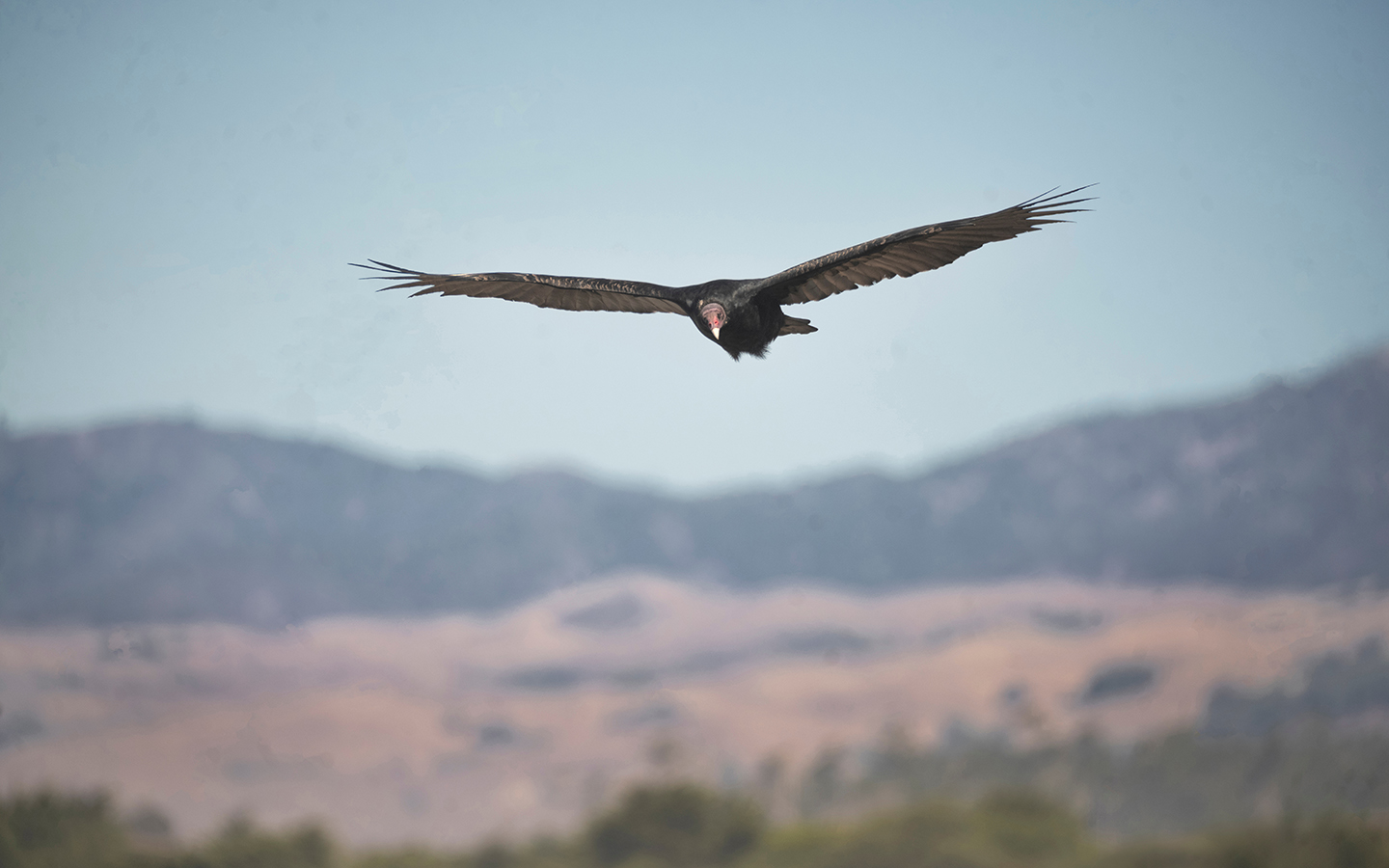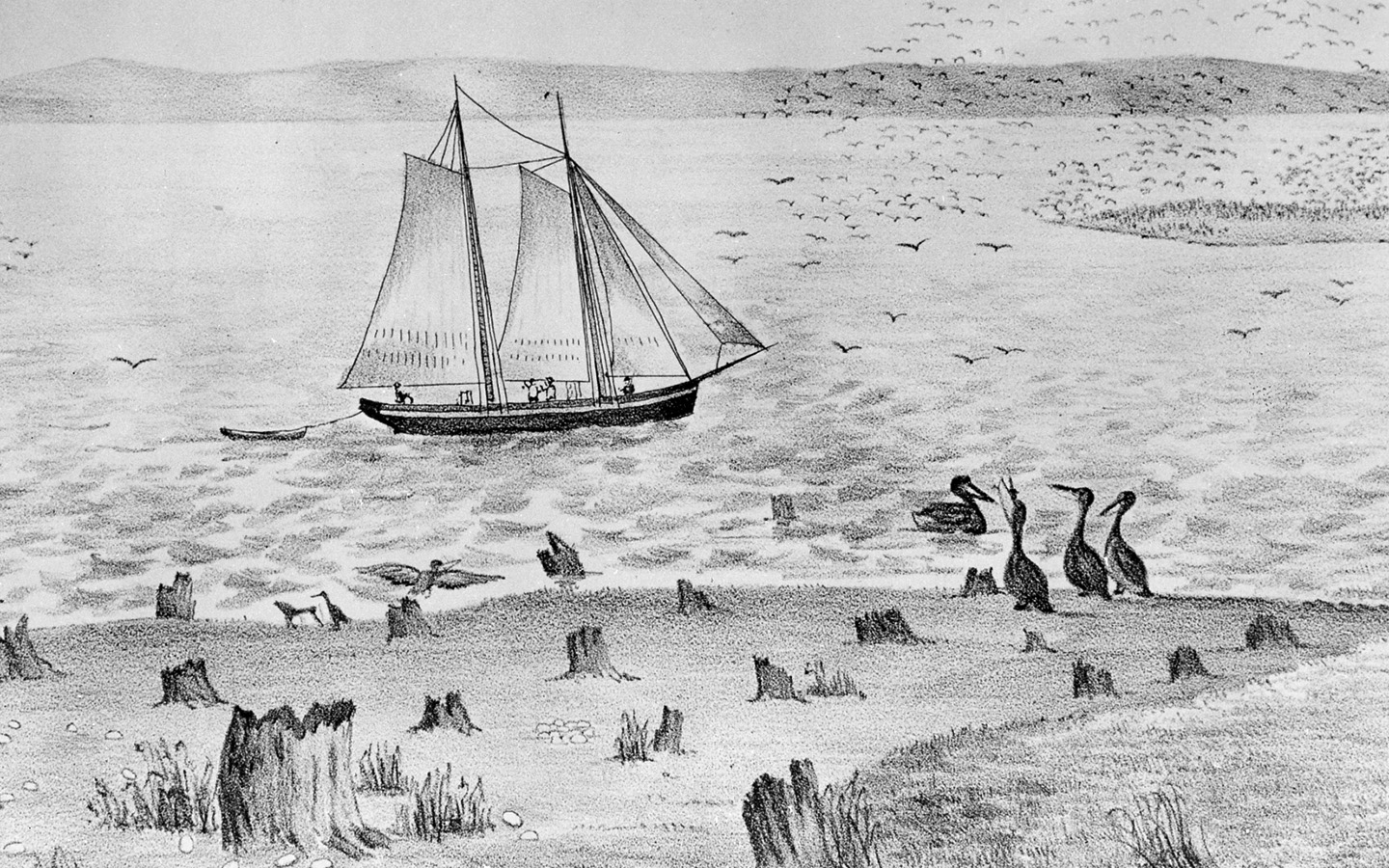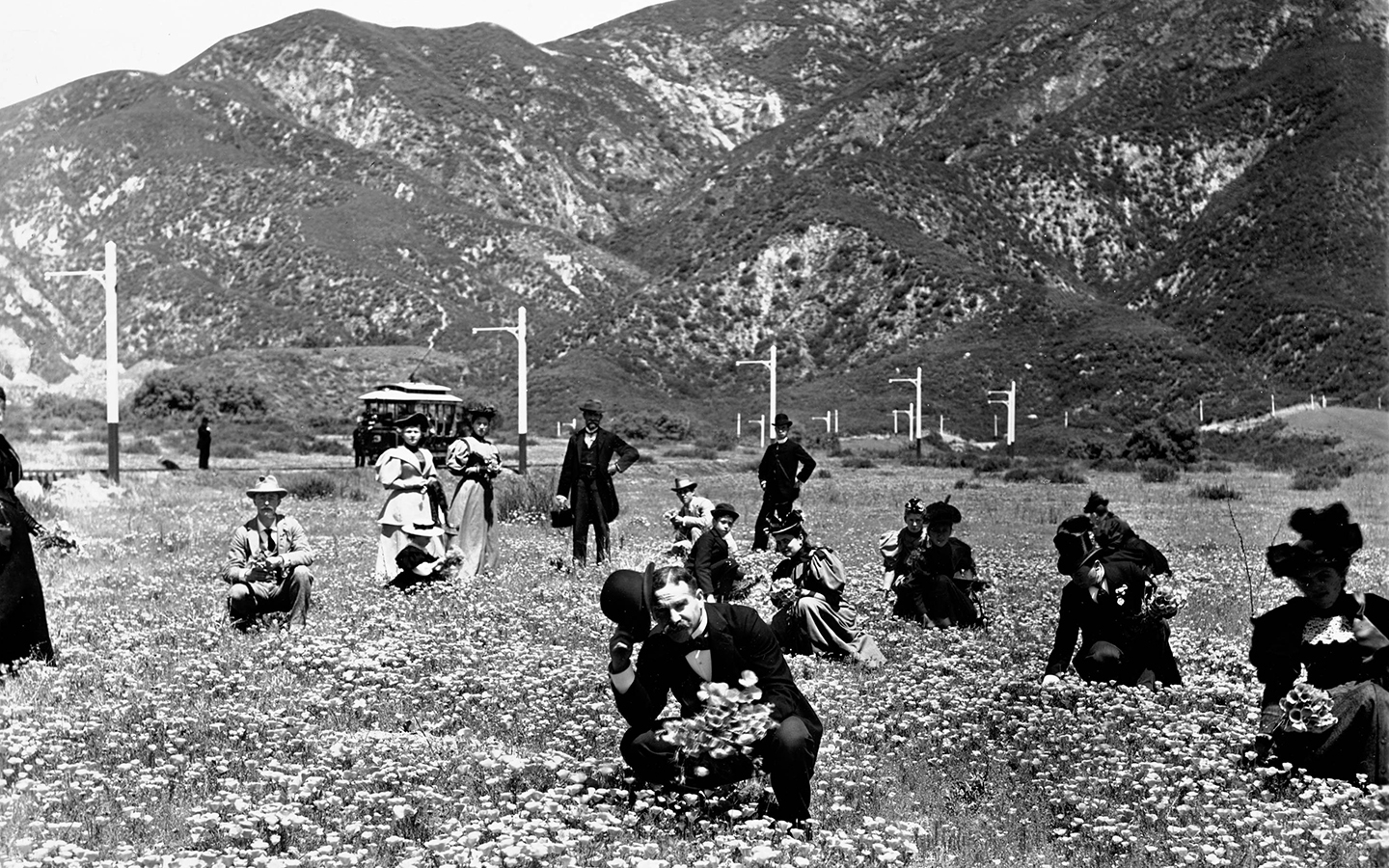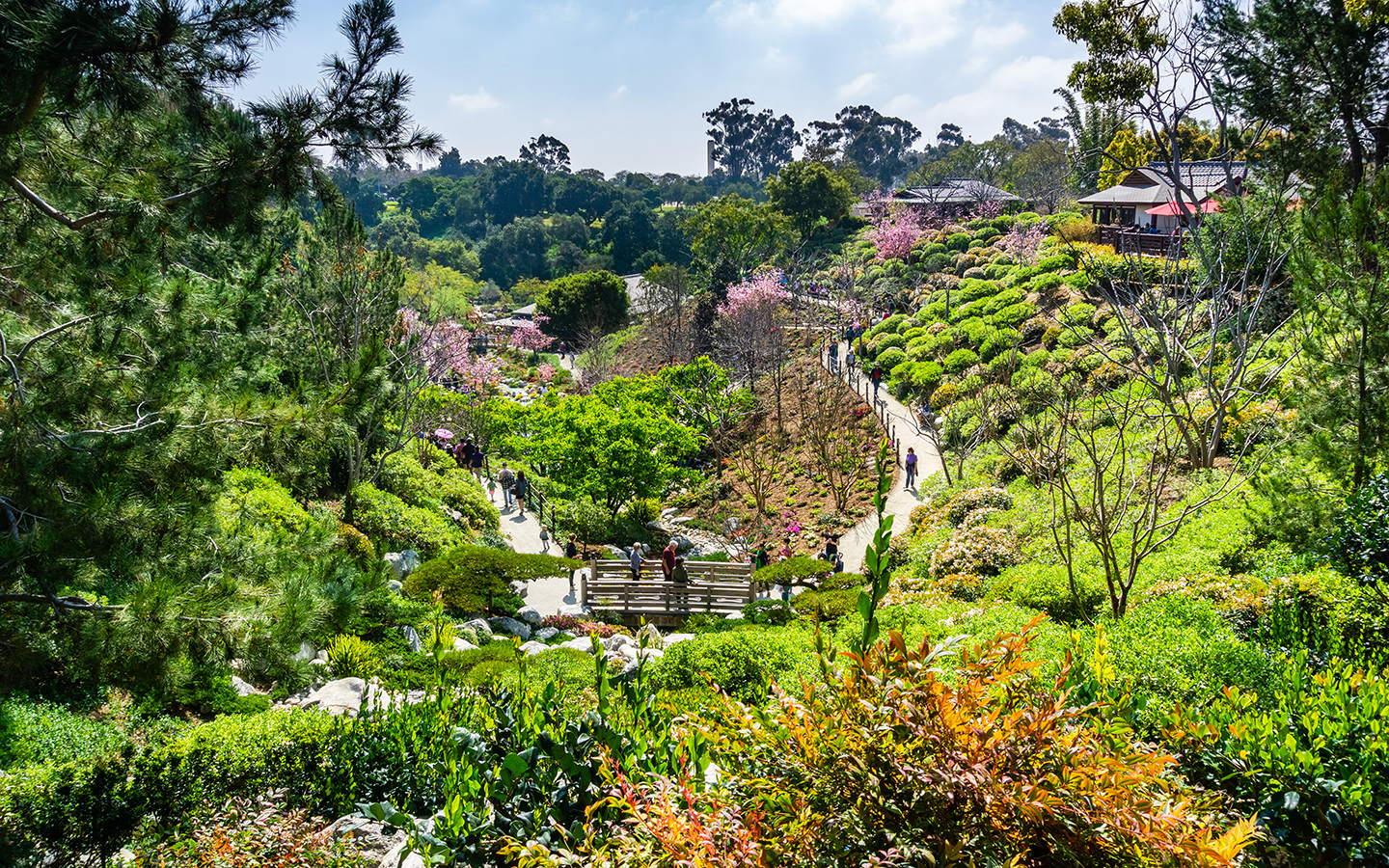Posts by Mike McPhate
Highway 1 used to be a wooden boardwalk for cars
The predecessor to Highway 1 between Ventura and Santa Barbara was essentially a series of piers.
Read MoreThe strange boundary line that divides California in two
On county maps of California, an oddly straight horizontal line bisects the state about 30 miles north of Bakersfield. In perennial debates over where Southern California ends and Northern California begins, no official answer exists and opinions vary widely. But it was based upon this line — comprising the northern boundaries of San Luis Obispo, Kern, and…
Read MoreThe little-known third redwood
Most Californians are familiar with California’s two redwoods, the hulking giant sequoias of the Sierra and the soaring coast redwoods that huddle in the mists near the Pacific. But there’s a third species. In 1941, a Japanese paleobotanist named Shigeru Miki was the first to identify the genus Metasequoia based on fossil evidence, describing it as once…
Read MoreThe daredevil Wesley May performed the first aerial refueling over Long Beach in 1921. Another stunt killed him.
Not long after the end of World War I, with aviation fever surging, a school opened in Long Beach to train the next generation of pilots and aerial stuntmen. Among the earliest recruits was Wesley May, a young wingwalker who would pioneer several firsts, including cranking a propeller midair, synchronized wing walking, and most famously “air to…
Read MoreAn Indian warrior’s legendary fight for the Stanislaus River
In 1829, Mexican California deployed a small military contingent to subdue a band of rebellious Indians led by a young tribal chief named Estanislao near modern-day Modesto. When they made contact, according to a near-contemporary history, the Mexican commander Antonio Soto marched hotheadedly into a willow grove where the rebels were hidden only to meet a…
Read MoreSacramento once had one of the nation’s most vibrant Japantowns
Sacramento’s old Japantown was born in the latter half of the 19th century, as migrants from Asia responded to California’s need for farm and railroad labor and later formed communities in depressed inner-city areas. The Japanese diaspora opened shops that sold jewelry, fresh fish, 10-cent milkshakes, and other wares in a six-block area near the…
Read MoreA gold rush, a wave of Chinese immigration, and an herb shop: the story of Fiddletown
When news of the gold discovery in California circled the world in 1848, no population beyond U.S. shores answered the call in greater numbers than the Chinese. By 1860, migrants from China made up nearly a third of the state’s roughly 83,000 miners. After arduous journeys across the Pacific, often in flight from hunger or…
Read MoreThe Merry Tramps of Oakland: California’s original glampers
More than a century and a quarter before the word glamping earned an entry in the Oxford English Dictionary in 2016, a boisterous group of women were camping in style in the wildlands of California. Beginning in the 1880s, as John Muir was captivating the nation with his writings on the “inventions of God,” the…
Read MoreGeorge Freeth, the man who brought surfing to Venice
In the early 1900s, few Californians could swim, let alone surf. So when a Hawaiian named George Freeth performed surfing demonstrations at Venice Beach in 1907, spectators were mesmerized by the man who could dance on the waves. Born in 1883 in Waikiki to a Native Hawaiian mother and English father, Freeth fell under the…
Read More22 photos of midcentury San Francisco in vivid color
Charles Cushman, a voracious traveler from small-town Indiana, was an early adopter of color photography. Never without his Contax IIA viewfinder camera, he shot seemingly everything that caught his eye — people, landscapes, city streets — while taking meticulous notes on each photograph. Over a period from 1938 to 1969 he amassed more than 14,500 Kodachrome color…
Read MoreSix days and 665 miles: Louis Remme’s amazing bank run in 1855
When fears spread about the solvency of Silicon Valley Bank on March 9, depositors withdrew $42 billion in a single day. Scholars marveled at the swiftness of the bank run, which was turbocharged by mobile phones and social media. Not long ago, bank runs unfolded only after days or weeks of reports disseminated via television and radio.…
Read MoreHow ‘something glistening in the grass’ created the city of Yreka
Many California towns can trace their origins to the discovery of some precious mineral. In Yreka, the moment was captured in a photograph. The daguerreotype above shows the mule-train packer Abraham Thompson, left, and two partners in March 1851, shortly after he spotted something glistening in the grass where his mules were eating just south of…
Read More‘A grand woman fallen on difficult times’: the Redman Hirahara Farmstead
For years, a deteriorating Queen Anne Victorian along Highway 1 in Watsonville has been a source of curiosity among passing motorists. It’s known as the Redman Hirahara Farmstead, a national landmark, and the region’s ethnic and agricultural history is embedded in its crumbling walls. Built for a wealthy farmer in 1897, the home eventually passed into…
Read MoreThe Church of One Tree, and the tale of California’s clear-cutting
There’s a church in Santa Rosa constructed entirely from the lumber of a single redwood that once stood 275 feet tall and 18 feet in diameter. The redwood used for The Church of One Tree, built in 1874, lived in a densely forested area along the Russian River known as Stumptown for all of the stumps…
Read MoreA lousy extinction: How Colpocephalum californici lived among (and on) the California condors
When conservationists captured all remaining California condors in a bid to save the dwindling species in the 1980s, they deloused the birds. The intervention was ultimately a success, lifting their population from just 27 wild birds to hundreds through captive breeding. But it also killed off all members of a species of louse that lived exclusively on…
Read MoreCalifornia’s Central Valley was once a watery landscape of lakes and marshes. Then we sucked it dry.
Fly above California’s Central Valley and a vast earth-toned checkerboard spreads out below. The fertile plain — as big as Tennessee and bathed in sunlight 300 days a year — yields a third of the produce grown in the United States. In his book “Coast of Dreams,” the historian Kevin Starr described the birth of…
Read MoreIn California, the wildflowers used to be everywhere
For most Californians, an outing to see the spring wildflowers involves driving an hour or two to preserves in the valleys, deserts, or foothills. But the flowers used to be everywhere. In 1847, the soldier Joseph Revere provided one of the earliest descriptions of the vast bloom within the Los Angeles basin: “In the plain itself,” he…
Read MoreHow Kate Sessions made her mark on San Diego
If you spot a large tree in San Diego’s Balboa Park, there’s a good chance it was planted by Kate Sessions. The pioneer botanist finalized a deal with San Diego on this week in 1892 to lease a plot of city parkland for a nursery. In exchange, she agreed to plant 100 trees a year…
Read More